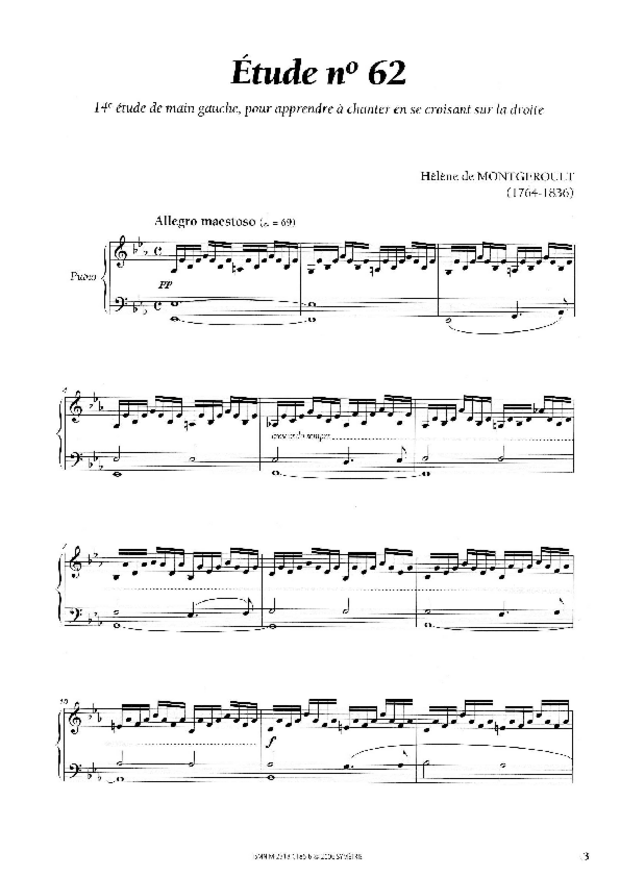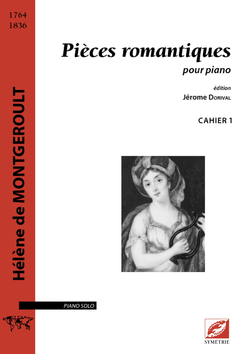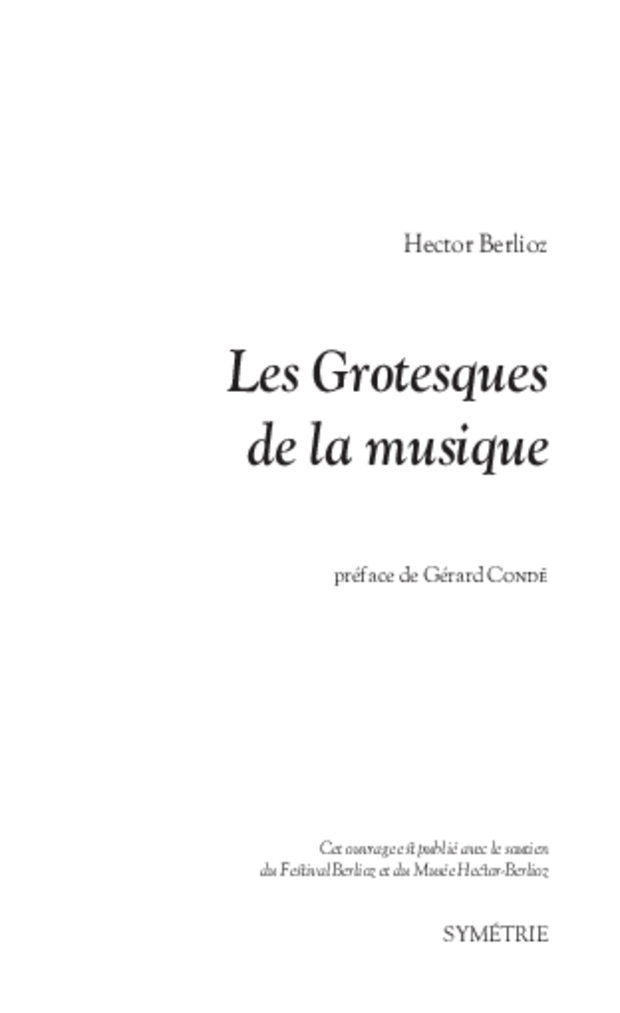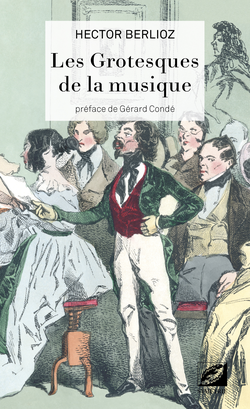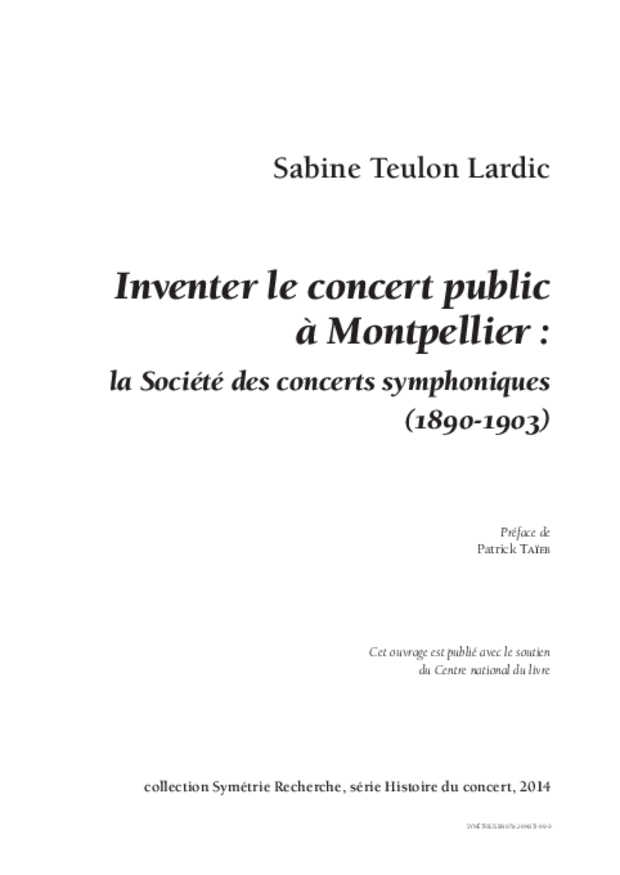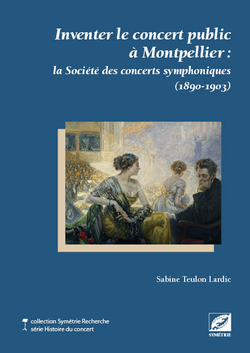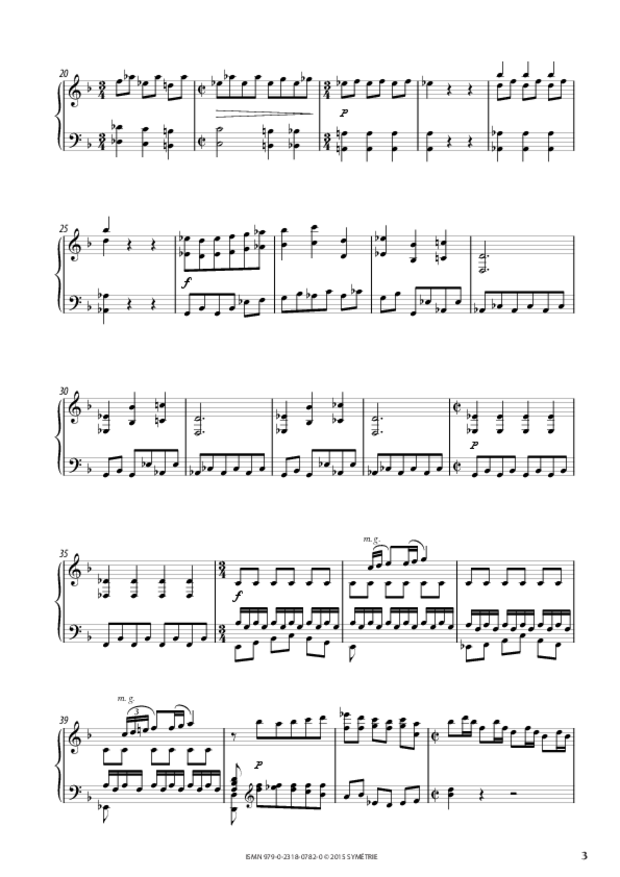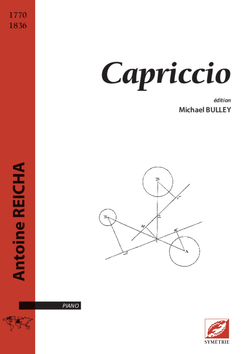Faced with the evolution of the symphony prompted by Beethoven at the beginning of the 19th century, many composers turned away from this genre, considering his nine symphonies as an unsurpassable ideal. The most audacious among them would associate extra-musical content (poem, text, tale, legend…) to make the genre evolve towards the program symphony (Berlioz, La Symphonie fantastique in 1830) or towards the symphonic poem (Liszt, Mazeppa in 1851). Despite the apparent decreease in French symphonic production between 1830 and 1860, it should be noted that the symphony, although suffering from a certain lack of interest, did not cease to exist. Farrenc, Reber, Bizet and Gounod, for example, are among those who studied the symphonic genre in the Beethovenian heritage without having sought to develop it beyond measure.
This First Symphony, dating from 1855, seems to be one of Gounod’s first consoling successes after the failure of his two lyrical works, La Nonne sanglante and Sapho. Its good reception encouraged the composer to write his Second Symphony, as he himself says in his Mémoires d’un artiste:
I consoled myself from my disappointment by writing a symphony (no 1, in D) for the Society of Young Artists, which had just been founded by Pasdeloup and whose concerts took place in the Salle Herz, rue de la Victoire. This symphony was well received, and this reception decided me to write a second one (no 2, in E flat) for the same society, which also met with some success.
These two works show similar features such as the traditional four-movement cut and the instrumental workforce. Nevertheless, the First Symphony does not deserve to be overshadowed by the Second, composed in the same year. It displays a remarkable melodic quality in its first movement. The composer’s orchestral work and poignant energy also give us a glimpse of the theatrical character he would develop in his Second Symphony and his operas. The second movement probably borrows its character and inspiration from the second movement of Beethoven’s Seventh Symphony. Gounod shows here great orchestral finesse and a certain sobriety, even proposing a fugal passage. The Scherzo, for its part, seems to draw its energy from multiple contrasts, all in all, operatic ones. It fluidly underlines the composer’s marked interest in the dramatic genre. The fourth movement, beginning with an introduction in a slower tempo, does not fail to reveal its untiring liveliness.
Faithful to the classical model and certainly different from its sister, this First Symphony, of remarkable energy, deserves careful listening in order to grasp all its richness.
Sébastien Espesson
(translation Hjördis Thébault)
Sommaire
- I. Allegro molto
- II. Allegretto moderato
- III. Scherzo (non troppo presto)
- IV. Allegro vivace
Extraits sonores
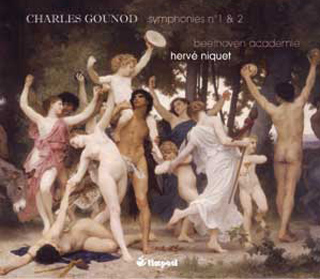
I. Allegro molto
Nomenclature
2 flûtes, 2 hautbois, 2 clarinettes, 2 bassons, 2 cors, 2 trompettes, timbales, cordes
All available forms
-
sheet music pour orchestre
-
conducteur de lecture A4
2 flûtes, 2 hautbois, 2 clarinettes, 2 bassons, 2 cors, 2 trompettes, timbales, cordes · 30 min · 21 x 29.7 cm · stapled booklet · 172 pages · ISMN 979-0-2318-0318-1
Publisher : Symétrie
Price : €61.00
-
conducteur A3
29.7 x 42 cm · spiral booklet · ISBN 978-2-36485-095-8
Publisher : Symétrie
Price : €90.00
-
matériel (2.2.2.2. – 2.2.0.0. – timb - 8.7.6.5.4)
ISMN 979-0-2318-0319-8
Publisher : Symétrie
Price : €300.00
-
